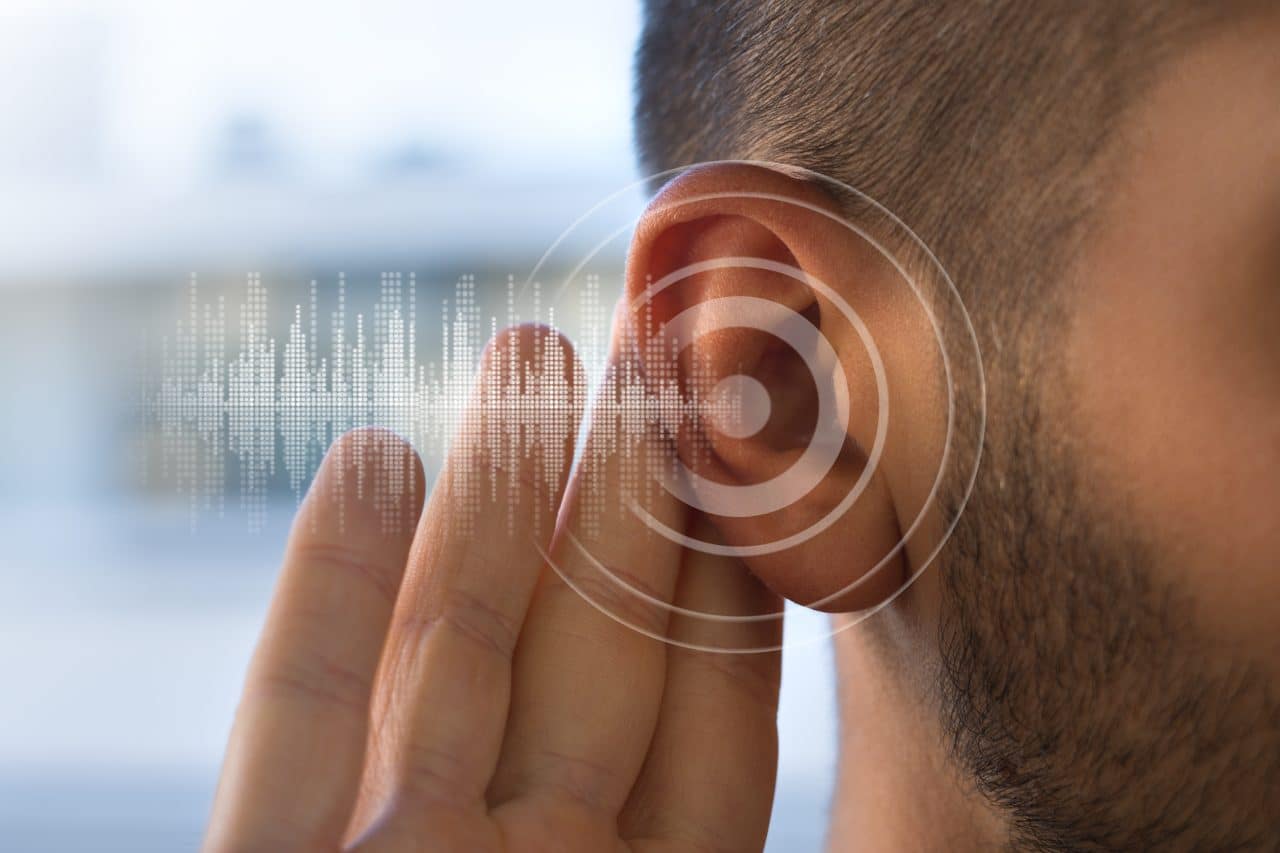
Senses are the means through which our brains perceive our surroundings. Most of us were taught in school that humans possess five senses — sight, sound, smell, taste, and touch. We also learned that various animals have a similar number of senses but within different ranges. For instance, while humans can perceive red, green, and blue light, numerous bird species can detect these colors in addition to UV light; on the other hand, dogs see only yellow and blue light. Moreover, humans can hear frequencies up to roughly 23,000 Hz, whereas dogs can detect sounds up to 45,000 Hz. Nevertheless, these aren’t the only five senses. Although the actual count varies depending on what one considers a sense, many researchers believe that humans possess at least nine senses, with some asserting there may be several dozen! Furthermore, many other animals have extra senses as well. Below are a few examples of these senses.
### Awareness of Your Body
Proprioception is the skill of sensing your body and its position, while kinesthesia is the skill of sensing its movements. These senses assist you in maintaining balance and applying the correct amount of force to perform daily activities. The reason you can walk with your eyes shut is that proprioception and kinesthesia do not depend on sight. They rely instead on sensory organs located in your muscles called spindles. Each muscle spindle wraps around muscle fibers. When a muscle stretches, the spindles convey information regarding the length and rate of the stretch to your spinal cord and brain, which process this data to determine your bodily positioning.
### Pain
The sensation of physical discomfort is referred to as nociception. When tissue is harmed due to an injury, pain receptors known as nociceptors are triggered and send an electrical impulse through a nerve to your spinal cord. The nerve fibers that carry pain signals vary from those that transmit information about proprioception and touch. Upon receiving the signal, your spinal cord may generate a reflex response, such as pulling away from the source of pain. Simultaneously, your spinal cord sends messages to your brain, which interprets the signals and enables you to experience pain. This mechanism helps you steer clear of the source of discomfort in the future.
### Temperature
Humans possess various kinds of thermoreceptors that can perceive warmth, cold, or both. Temperature data is transmitted via the same nerve fibers that convey pain signals. This explains why extreme temperatures can be felt as painful.
### Balance
Our ability to balance is dependent on the vestibular system located in the inner ear. This system consists of three semicircular canals, filled with fluid and equipped with hair cells that detect the movement of this fluid. Each canal is specialized to perceive balance in a different direction.
### Echolocation
As humans, we have depth perception since we possess two eyes that allow us to view the world from varying angles. This provides the brain sufficient data to assess distance. However, numerous animals, such as nocturnal and burrowing species, cannot depend solely on vision to identify obstacles. These creatures, including certain bats, toothed whales (like dolphins), and small mammals, utilize echolocation to gauge distance. An animal employs echolocation by generating a series of clicking noises and listening to the echoes of these sound waves as they bounce off obstacles. Since sound requires time to travel, animals can ascertain their distance from an obstacle based on the duration it takes for the sound to return. Bats utilize echolocation to catch prey and navigate surroundings. They emit extremely high-pitched sounds, typically beyond the range of human hearing, and accelerate their clicks as they approach their prey to enhance precision. Toothed whales, such as dolphins, employ echolocation for similar reasons. These marine mammals have a melon, a fatty structure atop their heads, that clarifies the reflected sound waves. Interestingly, humans can learn to echolocate, which can aid visually impaired individuals in perceiving their surroundings.
### Electricity
Electroreception is primarily observed in aquatic creatures because air poses high resistance to electricity, hindering current detection. Some animals that use electroreception include sharks, rays, various fish, and bees. Sharks and rays, notably, possess electroreceptors called ampullae of Lorenzini within their skin. These sensory organs can detect electrical currents emitted by prey, even when concealed beneath the sand. Additionally, some fish species utilize electricity for communication. Furthermore, bees utilize electroreception to sense currents from flowers.
### Magnetic Fields
Birds, turtles, bees, and many other creatures can detect the earth’s magnetic field, which assists in navigating during annual migrations and traversing the ocean. Scientists are still uncertain about the mechanics of this sense, termed magnetoreception. One leading theory suggests that animals perceive the direction of magnetic field lines through the protein cryptochrome in their eyes. The other theory posits that animals gauge the intensity of magnetic fields using